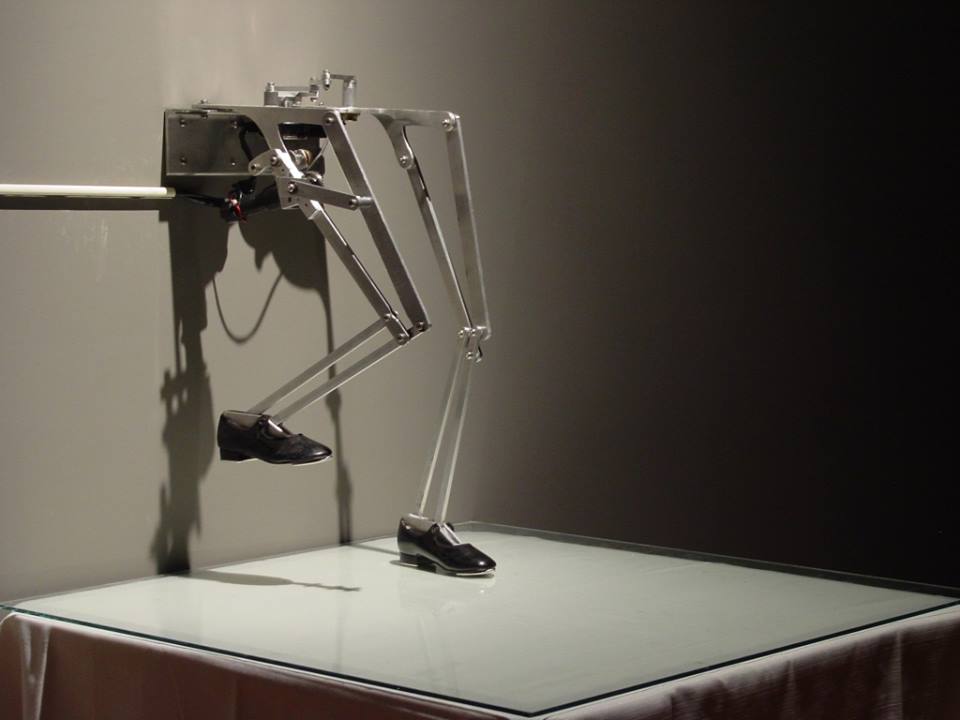
Iannis Xenakis
Oresteia Opera
Scored for soloists, mixed chorus, children’s chorus and chamber ensemble, Iannis Xenakis’ music for Oresteia has been cited as “ruggedly dissonant” since its 1987 première in Sicily. A wooden-planked stage is empty save three platforms, one each for the chamber players and percussion, another for a drummer on a separate perch. On a high screen to start, a loop video shows an almost-naked woman stretched out face down in a bathtub who is being hosed down uninterruptedly with water. No forewarning, and the clip changes to a thick forest, a small girl being physically abused by an adult man. While the same video images reappear at the end of the opera, but it’s nebulous soft-edged shapes –mood landscapes as it were – that are the usual backdrop for the 90-minute piece.

